Summary
- Classes now have four Subclasses at level three, offering more variety.
- Species no longer have innate ability score bonuses, increasing customization.
- Background features replaced with Feats, each offering unique ability scores.
The last update to the Dungeons & Dragons ruleset was in 2014, and it lingered for over ten years. Now we have the 2024 Player’s Handbook, there are plenty of changes to the core to learn. But everyone wants to know how these changes affect character creation.
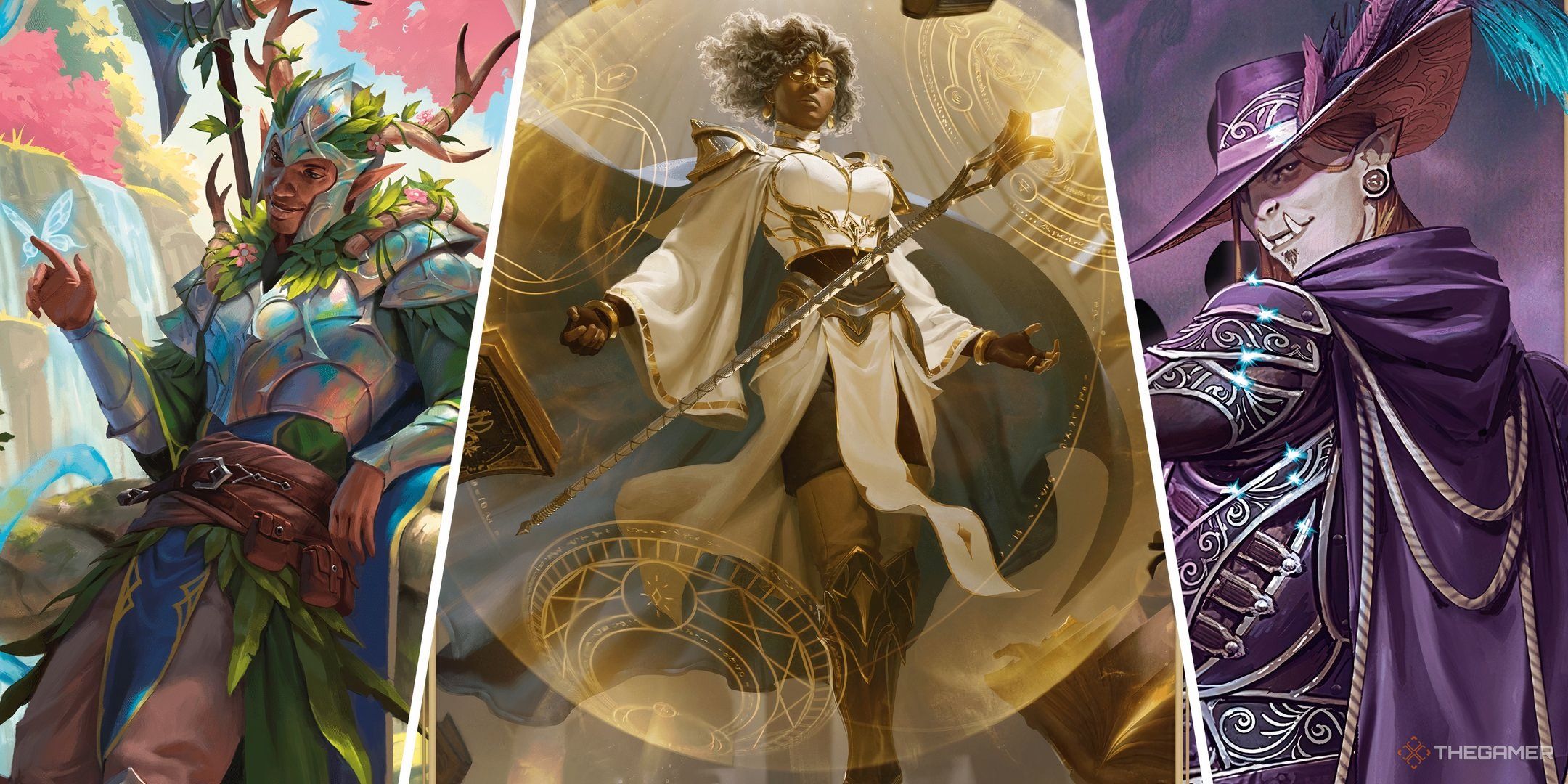
Related
Dungeons & Dragons: 10 Broken Character Builds
Build a character that’ll stand against any battle and drive your DM up the wall with its action abilities and resilience.
Arguably, one of the most enjoyable parts of D&D has been expanded to include new elements and changes to staples of the game. The real challenge is learning how to use these changes and additions to make your character memorable, unique, and, most importantly, fun to play with a group.
Key Changes:
- Each class has four subclasses, all unlocked at level three.
- New Subclasses have been added.
- Expertise is accessible to more classes.
Picking your character’s Class could be the easiest yet most important decision. Classes tend to adhere to specific archetypes, and when you think about their names, you instantly conjure an image. However, it’s essential to think of classes not solely for their gameplay function but about what they mean to your character.
When you pick a class, you shouldn’t be thinking about the party’s balance or what you think the team needs. If you have an idea of what you want your character’s life to be, consider which class fits neatly into their lifestyle, whether it’s something they’ve decided to pursue recently or have done their whole life. This will lead to a creative reason why your character starts adventuring and learns to adapt their skills and work experience in a way that ends up creating their class.
7
Visualize Your Species, Then Alter It
Key Changes:
- Inherent Ability Scores bonuses have been removed.
- Only ten available languages; you can choose two during creation.
- Half-orcs, half-elves, subrace dwarves, and subrace halflings have been removed.
- Tieflings have a selection of ‘Fiendish Legacies’ that affect their skills.
With the 2024 update, the official roster of available species has expanded. When picking a species, you’re picking defining physical characteristics and innate abilities that influence how they’ve grown. The biggest adjustment is the removal of innate ability scores, which arguably had a lot of influence in deciding on a species. Without these scores, you’re now given much more customization and freedom to create the character you want to make.
Thanks to all the years of fantasy norms, we tend to conjure the same images for terms like elf, dwarf, orc, etc. This is a trap that you need to side-step so that your character doesn’t end up looking generic in the minds of your teammates. An effective way to catch them off-guard and give them a memorable visual is to take the obvious features of your species and apply things that challenge them. No rules say that an elf can’t be bulky and hairy or that an orc can’t be prim and proper.
6
Reveal Your Backstory Gradually
Key Changes:
- Background Features replaced with feats.
- Each background grants three related Ability Scores.
- Farmer, Guard, and Scribe have been added; Folk Hero has been removed.
- You can choose between starting with background equipment or 50 gold.
The official 2024 version of the Player’s Handbook includes 16 backgrounds, including new and updated previous choices. As the name implies, a background gives your character a background. This isn’t the same as a backstory; it’s more of a period of life that was significant to the character’s development. Being an acolyte or a soldier for years would undoubtedly shape people and leave them with habits and proficiencies they wouldn’t usually have.

Related
Dungeons & Dragons: 7 Best Backgrounds In The 2024 Player’s Handbook, Ranked
Here are the best backgrounds in the D&D 2024 Player’s Handbook!
Even though this is a fantasy game, your character should still feel very real. Like in real life, when you meet strangers for the first time, you don’t dump your entire life story into their lap. You must balance what information others can deduce (based on what you let them observe) and what you choose to share with them. The bits of your character’s life that you decide to reveal say a lot about who your character is, and being either open or closed-off will stick in a person’s mind. If a person has to work to earn your trust, they will pay more attention to your words and actions.
5
Use Traits And Feats To Define Your Personality
Key Changes:
- Feats have been split into four categories (General, Origin, Fighting Style, and Epic Boon).
- They can be earned through character-building or progression.
When coming up with a personality, a good way to break it down is into traits and feats. Both have different qualities, but feats traditionally have gameplay purposes, while traits don’t. The 2024 update made it so that some of them have been adjusted to be more thematic, such as dwarves now being able to use tremorsense when touching stones.
This is another instance where you need to put the gameplay side of things out of your mind and focus entirely on who you want your character to be. Start with traits first, but don’t look at any lists; see which ones come to mind when you think of your character. Separate them into vocal and silent categories to better bring them across in sessions your teammates will notice. Your Traits will naturally lead to specific Feats that suit your character’s personality and class to further define them.
4
Build A Moral Compass
Of all the character elements, alignment is among the most heavily debated. Some groups ignore it altogether, while others may take it very seriously. Unfortunately, there are plenty of stories in which campaigns are negatively affected by those who play too much into their alignment. The 2024 update maintains the nine alignment categories but attempts to define them more clearly. Overall, they can be split into good, neutral, and evil.
It’s easy to make someone you could call a good character or an evil character. Instead of just looking at the labels and their modifiers, think of your character’s alignment as their moral compass. Put words like ‘good’ and ‘evil’ out of your mind and reflect on your character’s history. Decide what drives them to either follow or break the law and whether it’s something they only show in action or if they vocalize it bluntly to the party. When a moment to follow your moral compass appears, stand your ground, and you will stand out. Just be careful not to be so steadfast that it disrupts the story.
3
Think Simple: What Are Your Likes And Dislikes?
Something that is left almost entirely up to you to come up with when making your character is your personality. All the elements mentioned are part of the mold to help shape the kind of character you want to make and influence what type of personality you have. The fact that there are stats so that characters can have innate Wisdom or natural Charisma can make the typing a bit confusing.
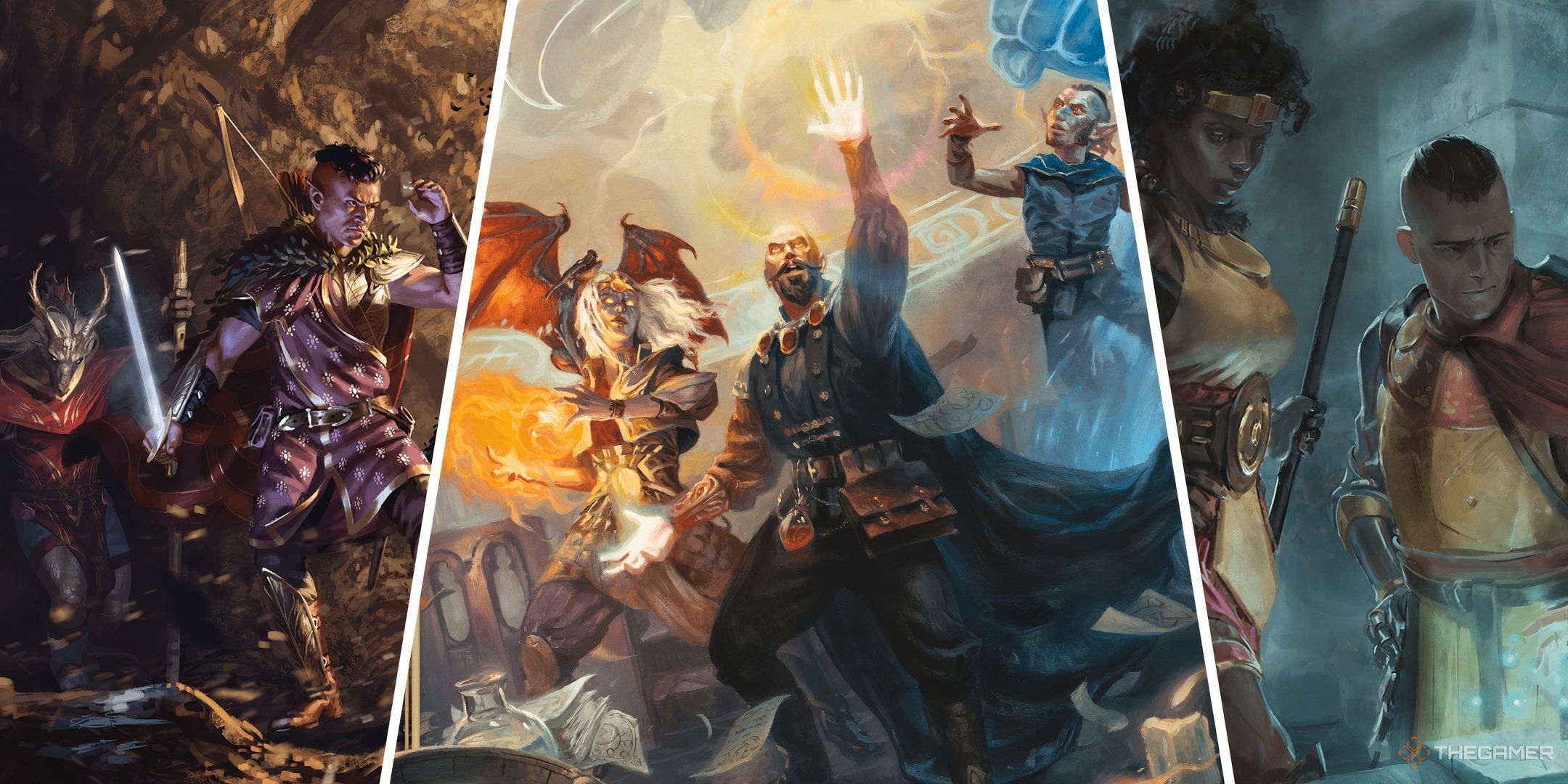
Related
However, some of the most memorable qualities of a person (real or fantastical) are the simplest. One of the easiest things to share with someone is what you like and don’t like, but it’s still significant. This information is key to determining how others behave around you and you around them. What’s more, your likes and dislikes can include a massive range of everyday things that you can easily avoid, as well as serious ones that you might be forced to endure. There’s always a story behind each one, and those are stories that people tend to recall frequently.
2
Consider Your Loner Vs. Team Behavior
Another aspect of character-building that is mainly left up to you is behavior, which is how your character acts in groups and on their own. This differs from personality in that behavior depends more on your character’s actions. To illustrate, a gnome rogue character being confident is part of their personality, but how they are confident is their behavior.
The setup of D&D is strange in that there’s no real privacy, since players often know what their characters are thinking when the characters don’t. This is something you can use to your advantage when it comes to making an impression at the table. There will be multiple opportunities where your character will be alone, and those are chances to shine. Everyone acts differently when they’re alone (or when they think they’re alone), but the difference here is that your fellow players can see it for themselves. The shift from your character’s loner behavior to group behavior should be noticeable enough to draw attention.
1
Insecurities Can Highlight Appearance
As the cherry on top of the character creation cake, there’s your appearance. Of course, the prominent factors that affect this are your species, class, and background. A goliath monk with a soldier background may understandably have permanent scars and missing body parts, which are easy to see through robes. A halfling rogue with a scribe background might have a trusty notebook and pen with ink stains on their clothes and skin as they constantly take notes.
An important thing to remember about appearance is that your character gets to choose how they look to others. It’s not as simple as wearing things that they like; it’s more about what they want to hide about themselves. Insecurity is a powerful force that drives how a character appears to strangers, friends, and enemies. Consider why your character may wear loose and flowing clothing or notable accessories such as a mask, gloves, or cloth wraps. If your character is hiding something, is it obvious or discreet? Often, trying to deflect attention will attract more of it.
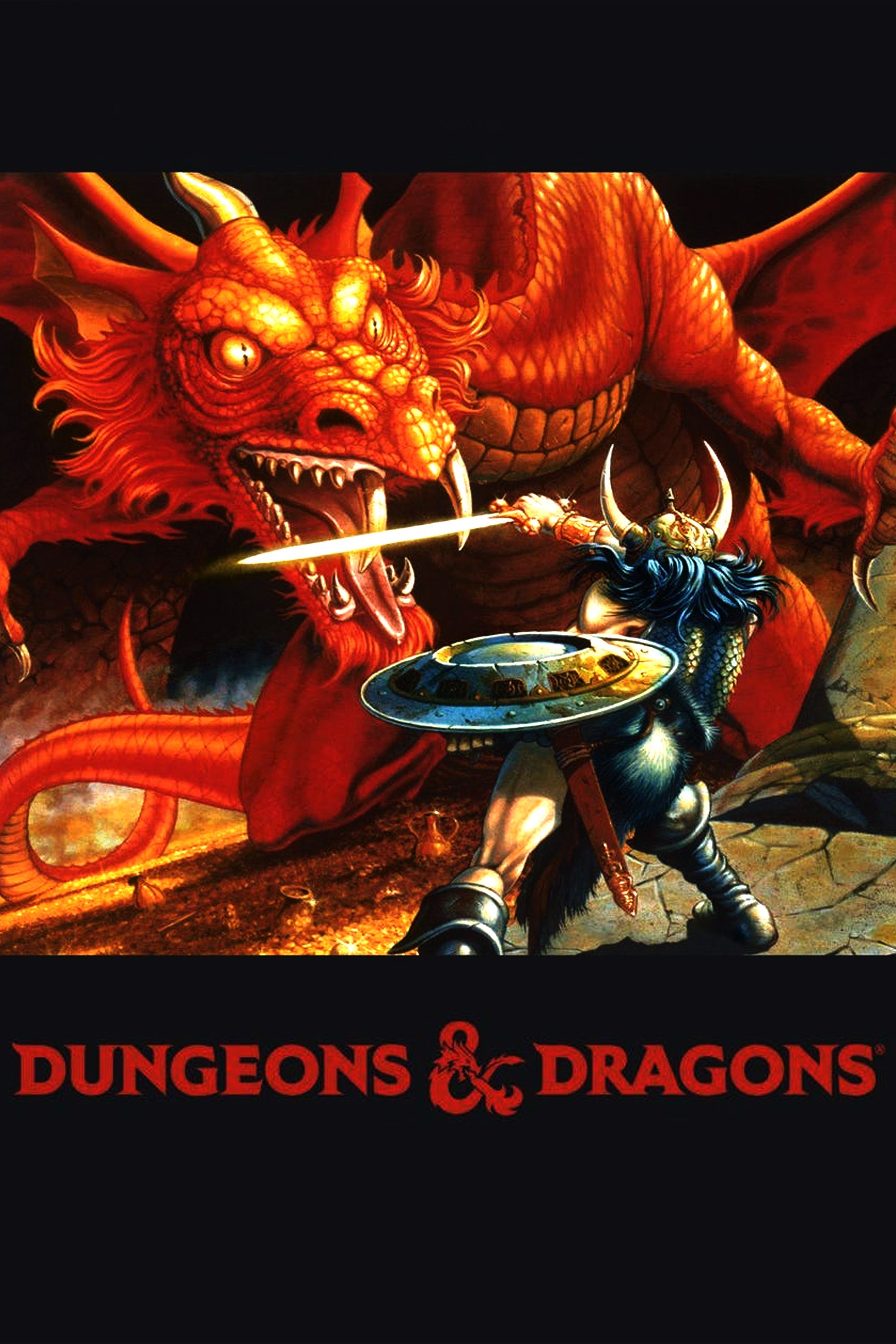
Dungeons & Dragons
- Original Release Date
-
1974-00-00
- Player Count
-
2+
- Age Recommendation
-
12+ (though younger can play and enjoy)
- Length per Game
-
From 60 minutes to hours on end.
- Publishing Co
-
Wizards of the Coast
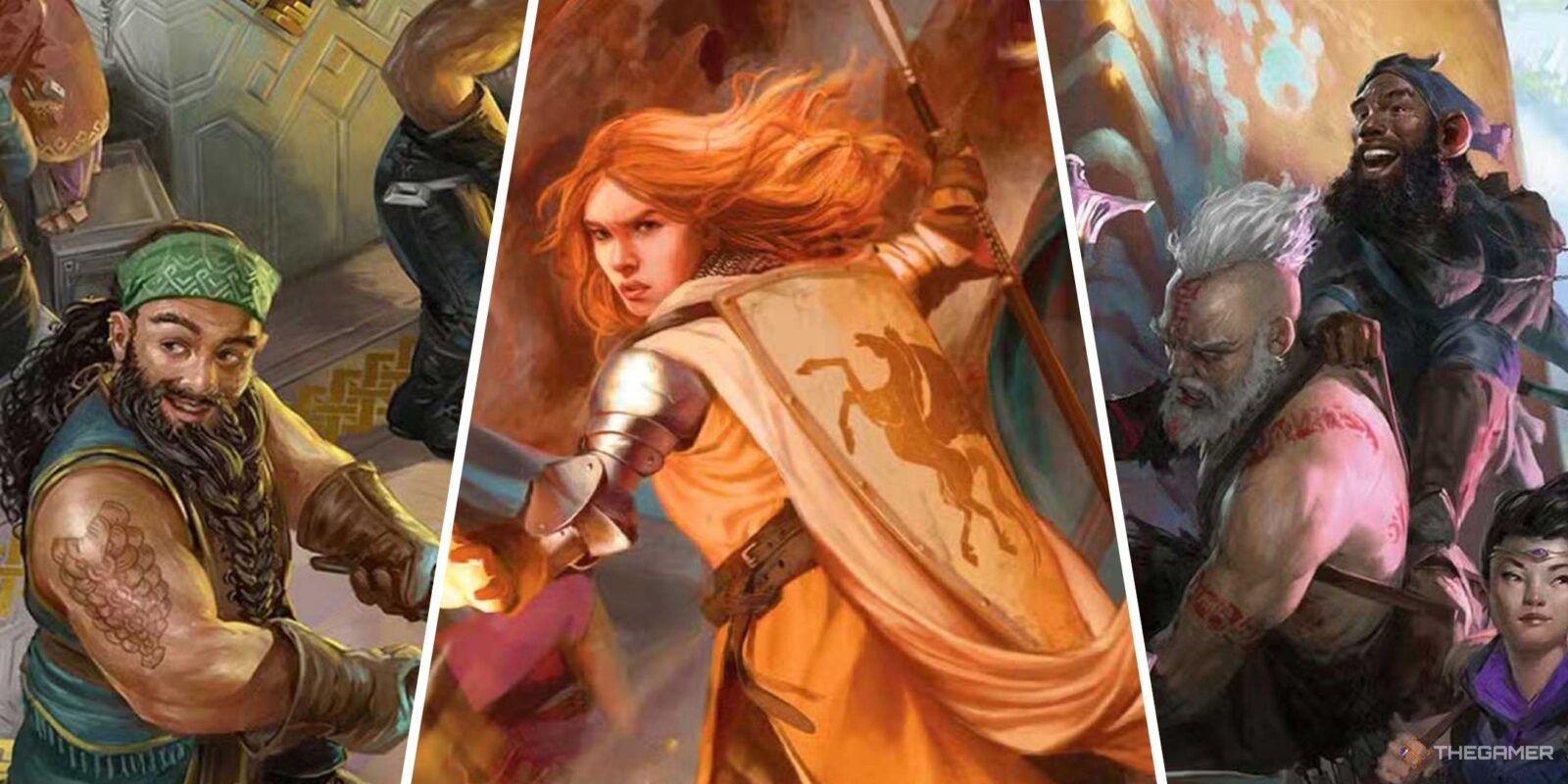
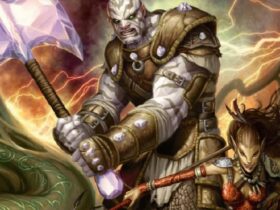
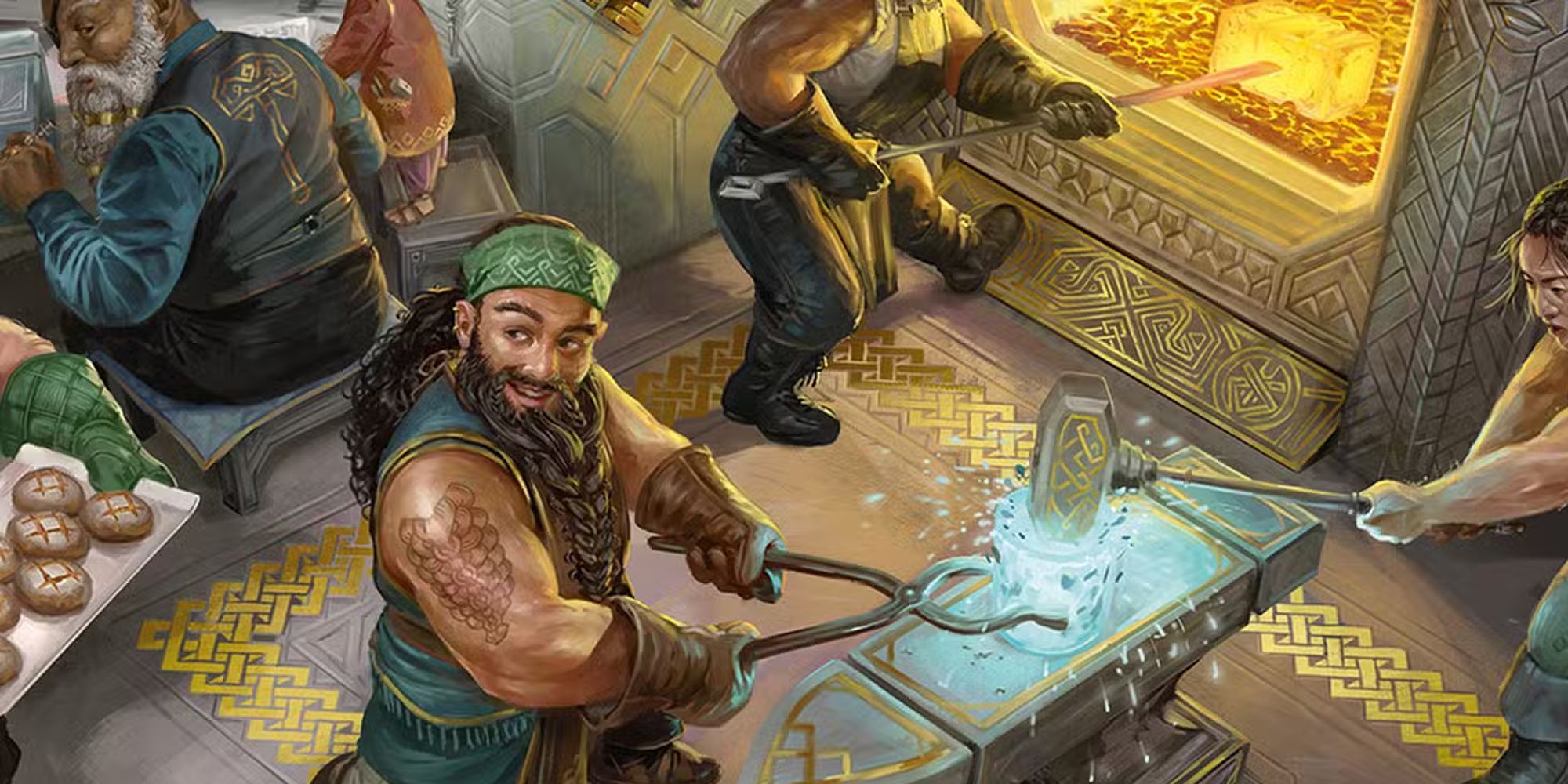
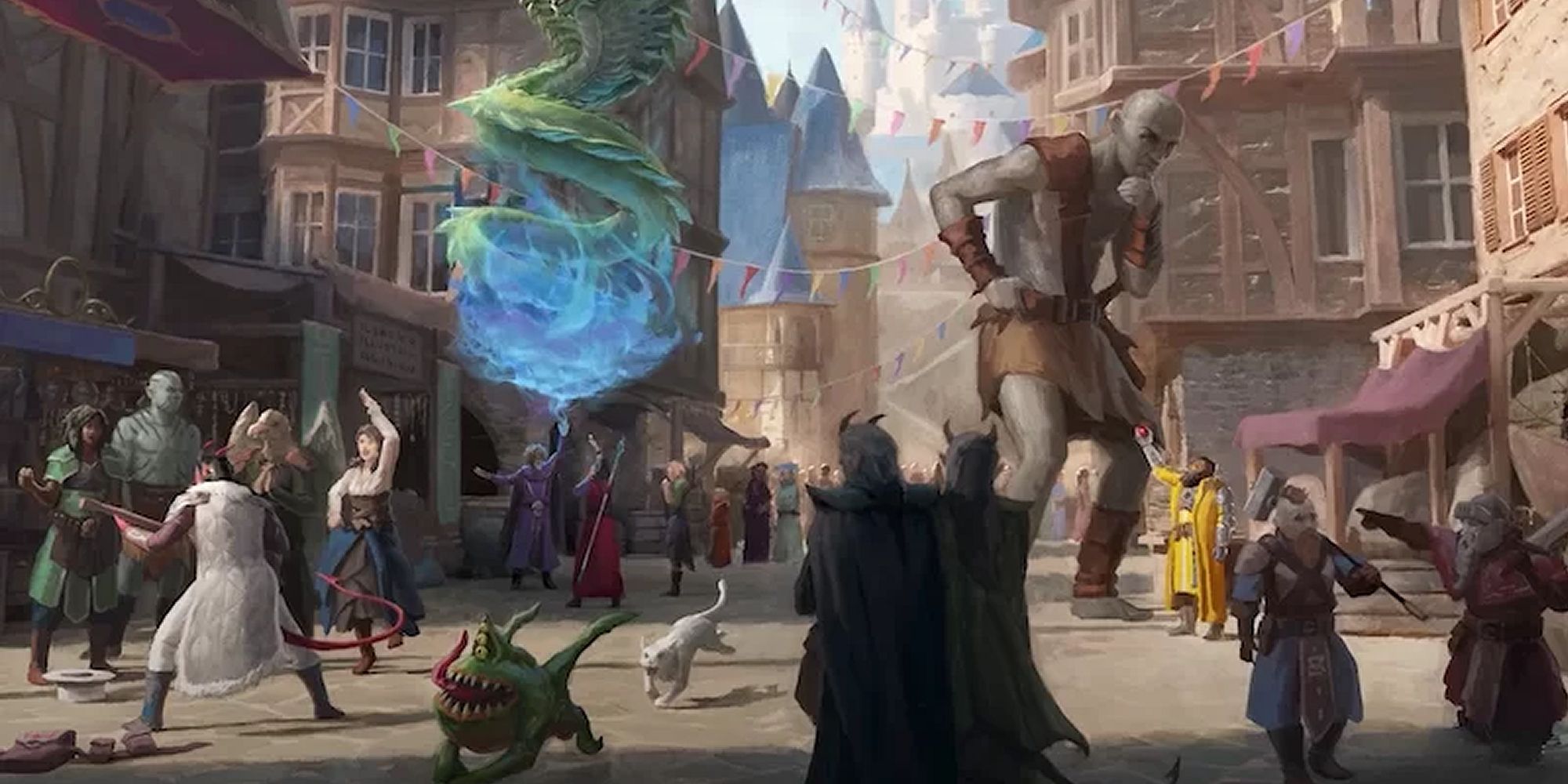
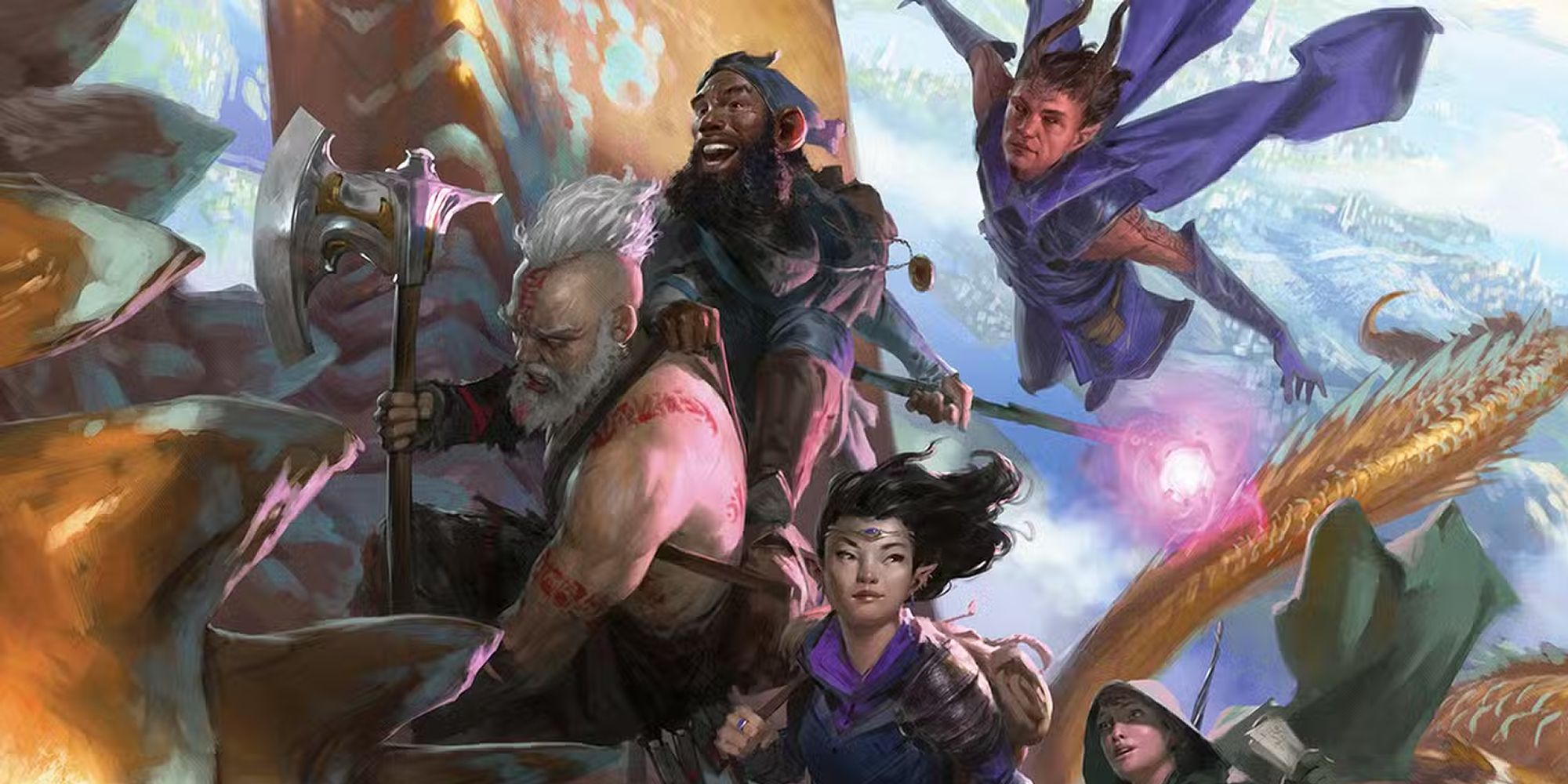
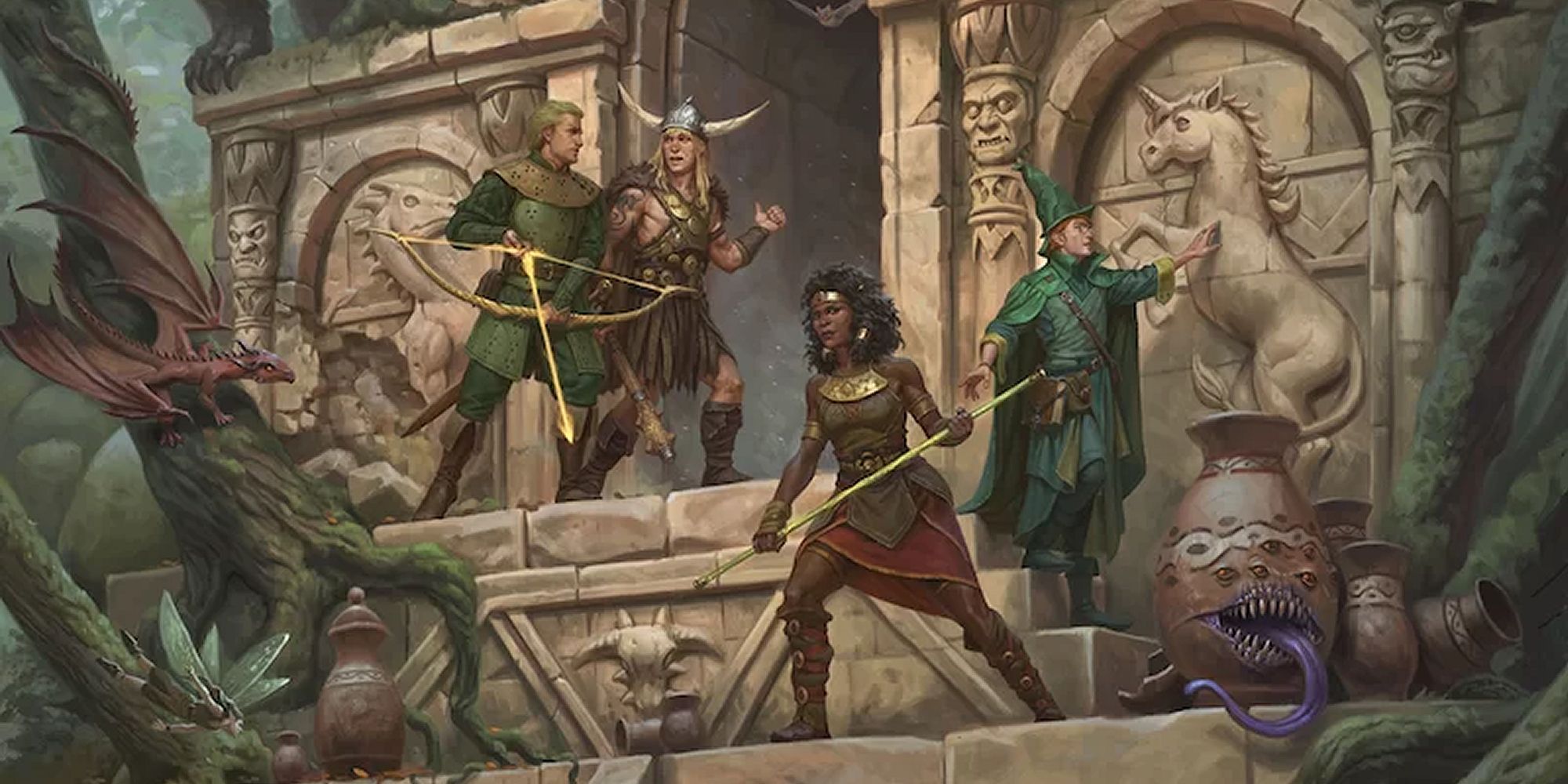
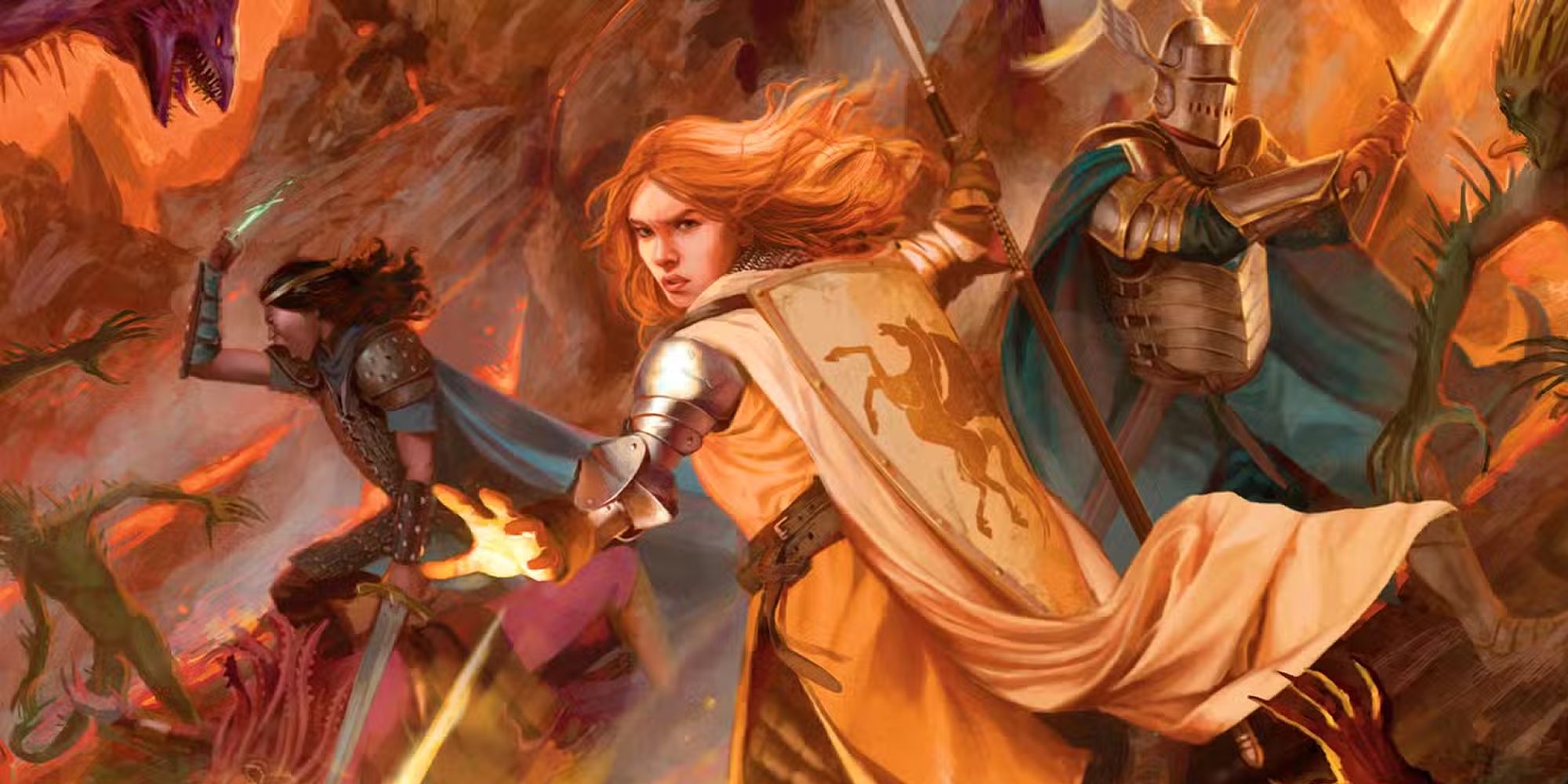
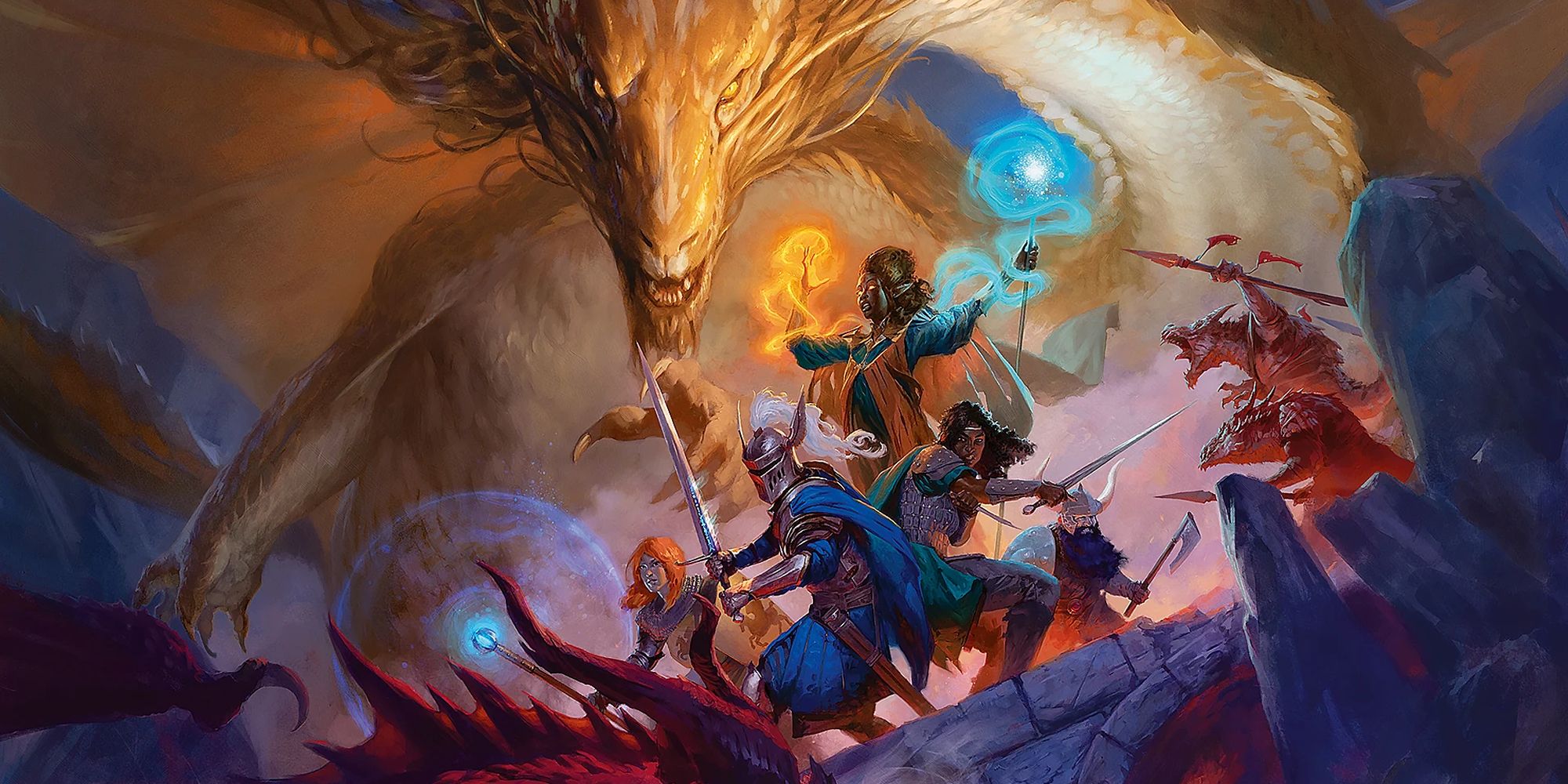
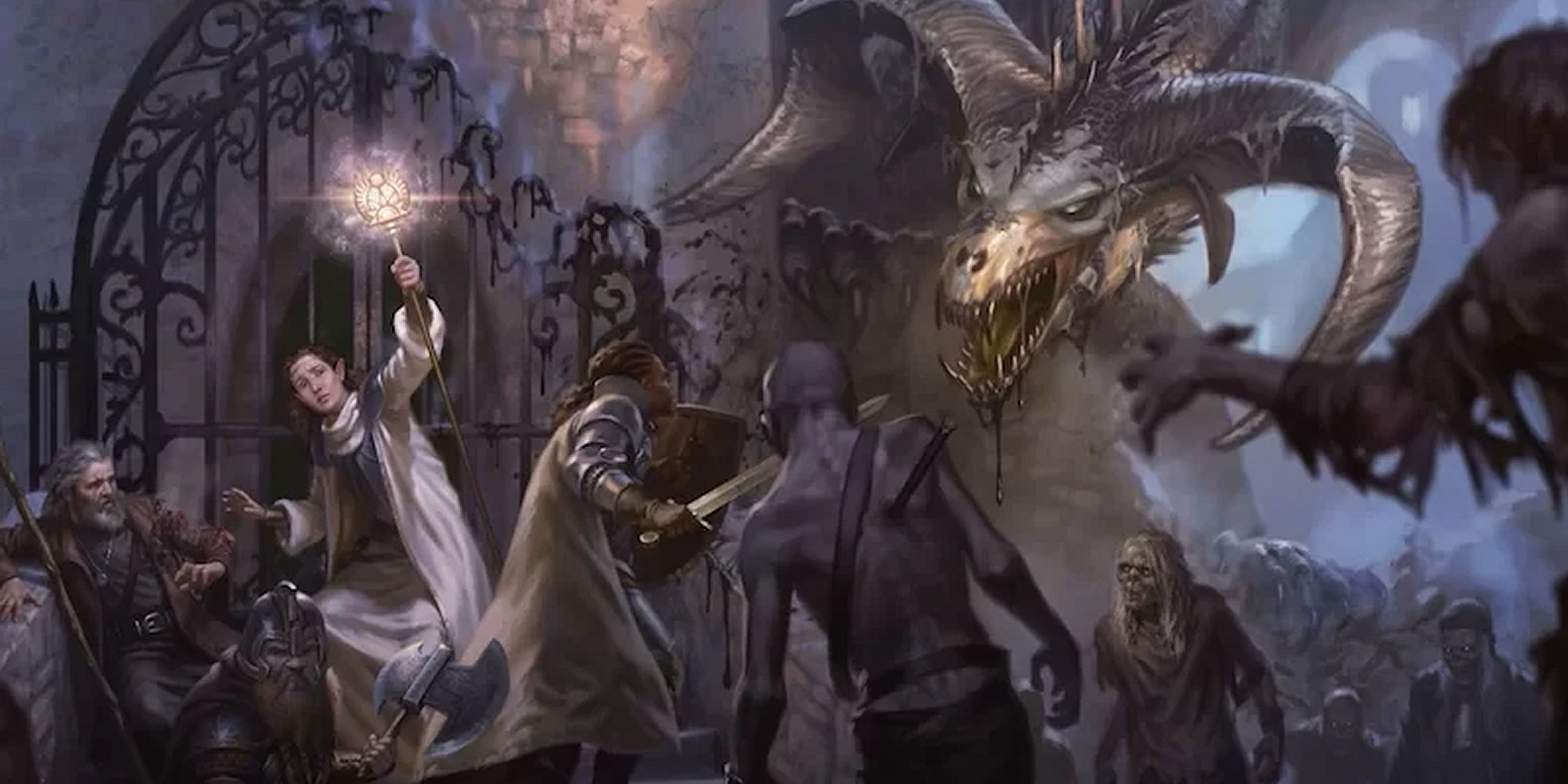
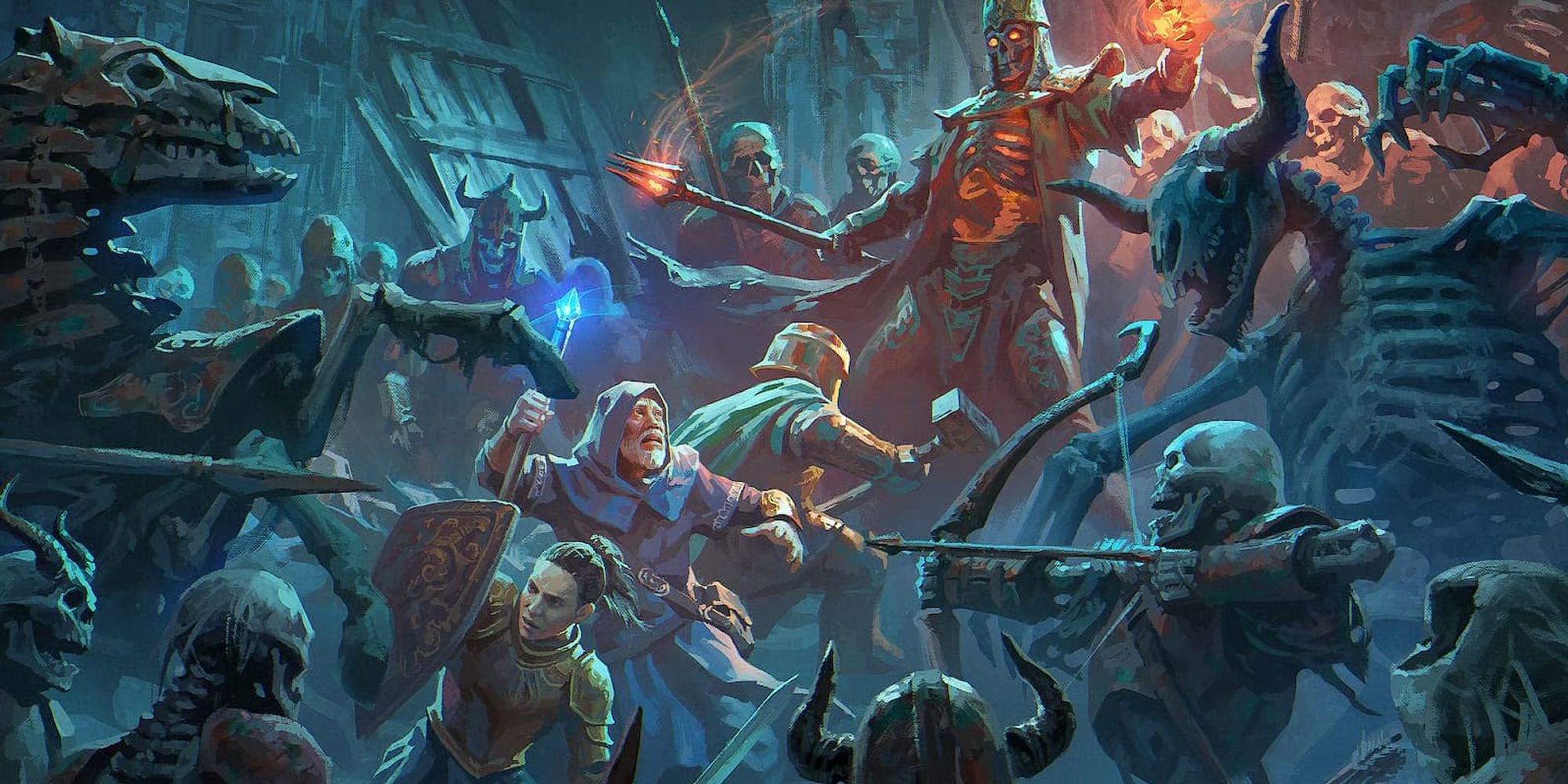




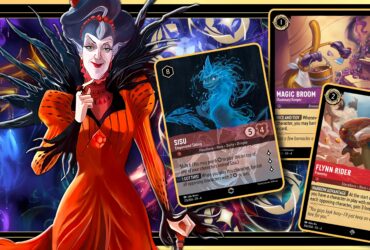
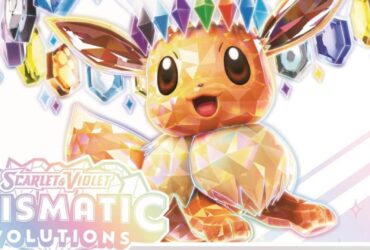

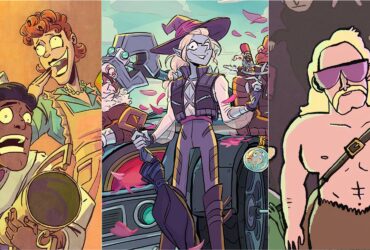

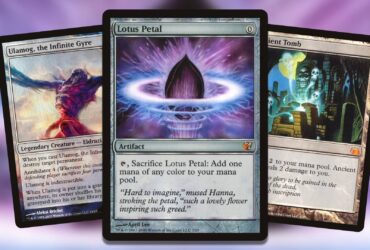
Leave a Reply